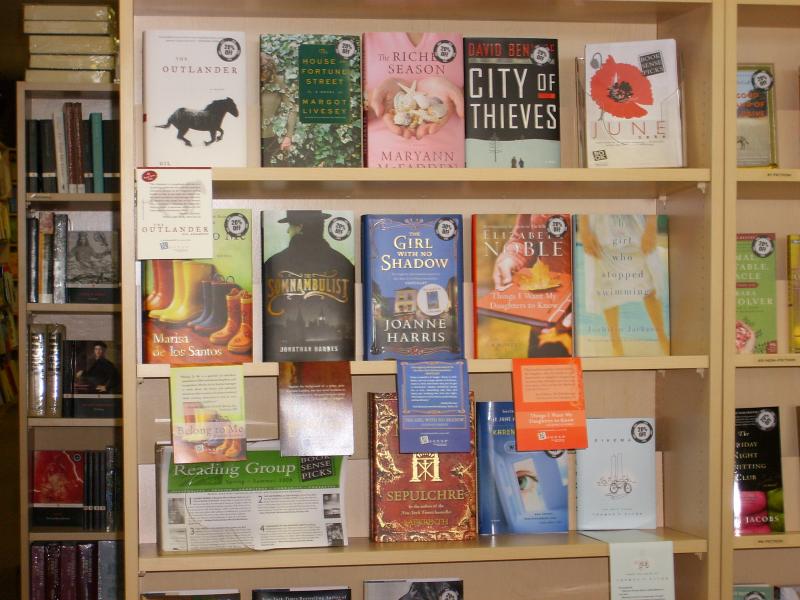I can write good. Oh yes, I can (the first sentence excluded). I’ve been involved in many online writers’ groups and critique circles, and although I never got anywhere near winning any of the prestigious competitions or being published in highbrow periodicals, I had some of my short fiction featured in now long-defunct publications and I did win a very minor competition (for which there was no prize).
But I’ve had my work critiqued enough to know that, at times, it can be pretty good. And if I take my time, work at it, review it, I can feel proud of what I have produced. Some of it even got into my two collections of flash and short fiction, Bleak Midwinter Tales and Bleak Midwinter Tales 2. There is a BMT3 coming out sometime in the not-too-distant future.
For my longer work (greater than 50,000 words, approaching novel length), I have struggled. I have eighteen pieces of writing in progress, most of which have been produced as a result of time-limited writing challenges, such as NaNoWriMo and #100kwords100days. Each of these has been a strain and a struggle to get through. Recently, I have managed to complete not one, but two novels (one is 45,000 words in Draft 0 form, and the other is 65,000 words in Draft 0). *
But, coming back to the point of this post (see what I mean about podgy and moribund middles?), I wonder how good my books need to be.
They should be the best they can be, right? Well, yes, but there is the 80/20 principle, and a definite dropping off in the effort / value ratio as I spend more time agonising over individual words and sentences. I love the fact that people are reading what I write, and some of them like it so much they take time to email / message me and tell me. Which is wonderful. If I can make a few pennies on it, so much the better.
But I’ve seen some horrific writing out there. But what’s more horrific is that some people seem to like it. To the tune of tens of thousands of people buying the thing, and 5 star to 1 star ratings ratios of 30:1 or better on Amazon.
Whaaaat? When I read the same book, I see paper-thin characters, dreadful clichés, stilted, unrealistic dialogue, and ludicrous plotlines. But people seem to love it. And the writers are earning (presumably) a reasonable amount of money from it. “Can’t wait to read more from this author!” “Couldn’t put the book down!” “I loved the main character – in fact, all of the characters!” Are they even reading the same book as me?
So I sit here, with my 18 works in progress, and wonder how much effort should I put into making them the mostest, absolutest, bestest they can be? Should I spend a couple of years on each, editing and brushing-up and polishing until it sparkles like a gemstone in the Alterian twin suns? Or should I cobble together something quickly, throw it out like yesterdays newspaper, and write some more rubbish as quickly as I can and hope someone buys it?
I suspect the answer will be “somewhere in between”. I should work at my writing until it’s good, with no mistakes, no spelling or grammer snafus, and no plot holes or pointless dialogue; and until it is formatted perfectly, and with an appealing and professional cover. Then usher it out with a gentle hand behind it and some encouraging words in its ear.
And then write the next damned book!
* Out of interest, Draft Zero is my version of a first draft, except it’s less good. My Draft Zero is a very rough, clunky, badly-written story, but it is complete with a start, usually a podgy and moribund middle, and a long floppy end. But the story is told, and I will then take this, smooth out the rough bits, tighten up the floppy bits, and give it to my Alpha reader for feedback. Thence (once I’ve stopped crying), I will edit and restructure and replot it until it looks a bit more like a finished work, whence it will be dropped upon unsuspecting Beta readers. After a few more tears, and more editing, it should be ready to be thrust out into the world.






